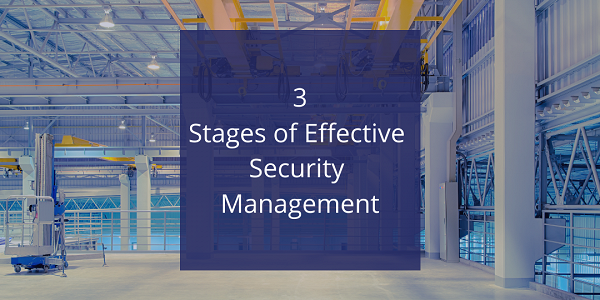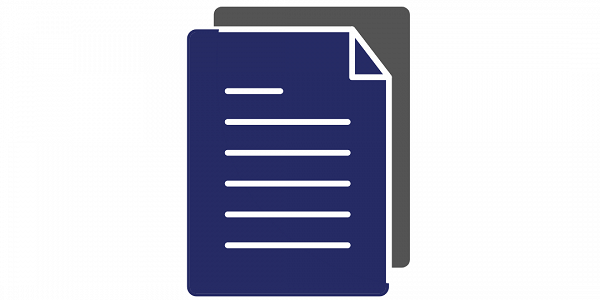3 Stages of Effective Security Management

Every business needs security, unfortunately criminality is interlinked with being human. Threats could come from within your organisation, or it could be a complete stranger. It maybe someone who knows someone within your business, or just an opportune criminal. Whichever it is, it means that protecting your business effectively is a tricky task.
Ensuring that your business is protected correctly is not something that should be taken lightly.
After all, an effective security plan could mean the difference between investing in further growth or losing money through criminal activity.
But how to start?
We’ve pulled together these 3 stages of security management to help guide you through the process of creating a security plan that works for your business. No matter what the size of your business, or the environment you operate in, this 3 stage process will work, every time!
1. Risk Assessment

In other words, “what are the problems that I need to deal with?”
The aim of the risk assessment is more than just identifying what can wrong (the threats). To full appreciated the picture, you must identify what can go wrong and then give each threat a comparative value.
For example, a risk assessment carried out in a factory might identify a theft by an employee, or an electrical power failure causing the production line to stop, a phoned in bomb threat, or a gap in the perimeter fencing, a break down in the building access control system, or suspicious activity outside the main gate, or even a serious terrorist attack nearby causing the Police to put in a cordon around your factory preventing your staff from getting in.
But that is only half the picture. We need to put these threats into some sort of order.
The way we do it, and the most accepted way, is to rank these threats according to how likely they are to occur (likelihood), and the disruption to the business should the event occur (impact).

2. Risk Control
In other words, “what should I do about it?”
The aim of risk control is twofold: to reduce the likelihood of a threat or reducing the impact should the threat materialise. You are seeking to reduce one or both the likelihood or the impact of the threat.
Using some of the examples above, to reduce the likelihood of an employee stealing you could introduce random spot checks. Or to reduce the impact of an electrical power failure, you could invest in a backup power supply.
To ensure the most effective risk controls measure are used, you should begin with each threat and introduce specific security procedures backed up by staff education before moving onto more restrictive and costly measures.
3. Contingency Planning

Or “what should I do if something goes wrong?”
Contingency planning allows you to react swiftly and effectively when things do happen. The aim here is to regain control of an incident and return operations to normal as quickly as possible.
It is worth stating here that, once an incident has occurred there is a cost associated. Not just the direct cost of an incident, but also an indirect cost which can be as much as 10x the direct cost.
Your response will consist of a mixture of pre-planned actions with actions that are performed ‘on the hoof’. The effectiveness of the response management will largely depend on your ability to communicate and transfer information. There will also be a need to deal with the secondary consequences of the incident.
So What?
By following this three stage process, your business will be far better protected. You will have created a sustainable and realistic security plan that will be able to respond to a thousand potential incidents effectively. Saving you time and money.
If you would like to know more, please get in touch.





